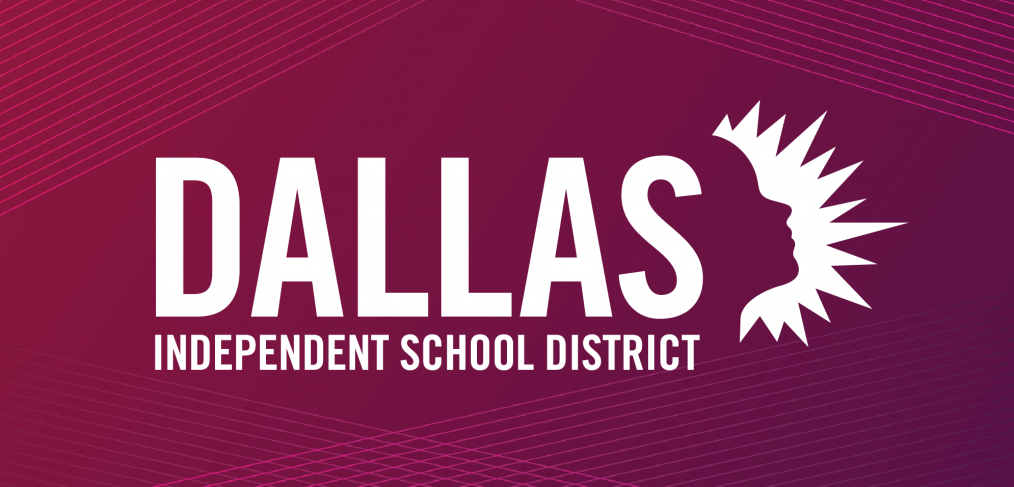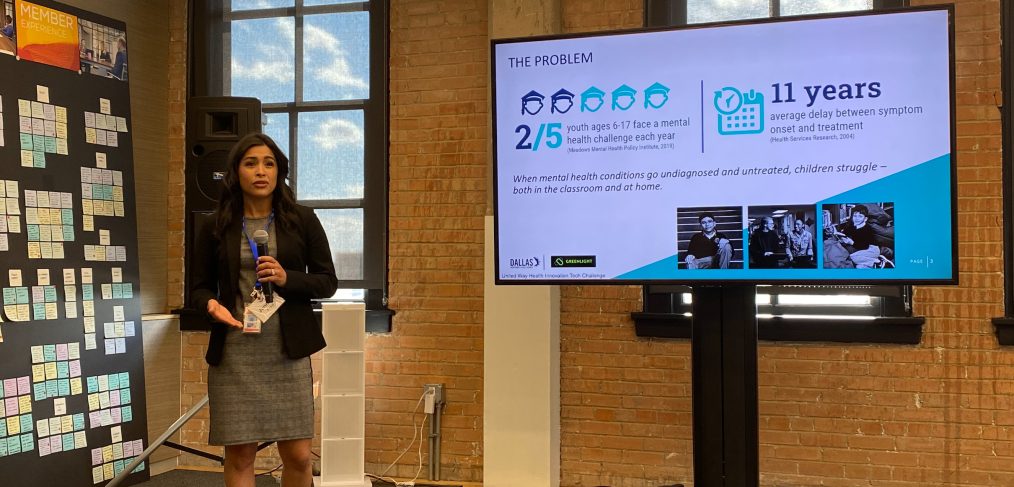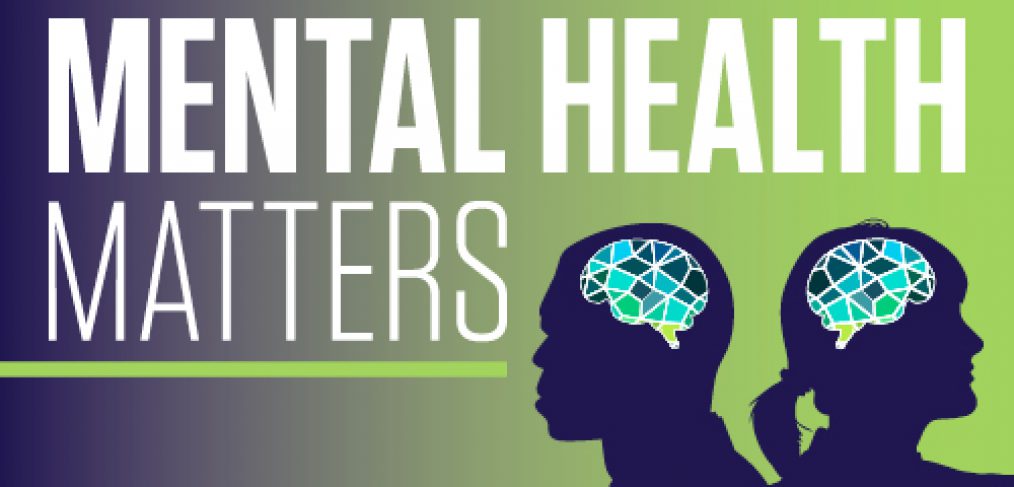Tracey Brown, executive director of Mental Health Services, is on a mission to make sure students who need mental health support as a result of the pandemic have access to it. She and her counselors are already making sure that thousands of students who have been identified through referrals and Youth and Family Centers are getting the support they need.
In the next two years, Brown hopes to up the number of students who are identified as being in need of additional support and receive it thanks to a depression screening tool called the PHQ9, or Patient Health Questionnaire 9. The department is developing this electronic tool with funds from the United Way of Metropolitan Dallas and ESSER, the federal Elementary and Secondary School Emergency Relief fund.
“It’s a work in progress, but we’re really excited about the possibilities that it’s going to bring our students,” Brown said of the PHQ9.
Mental Health Services recently received a $200,000 grant from the United Way of Metropolitan Dallas as part of the organization’s first-ever Health Innovation Technology Challenge, presented by AT&T. With these funds, Dallas ISD kicked off the first year of their three-year depression screening project, starting with the development of an app to house the tool. Next year, they will pilot the tool with school-based clinicians and at certain Youth and Family centers. In year three, they plan to deploy the tool across the district.
The implementation of the depression screener will be simple. When a student visits or receives a referral to a Youth and Family Center or a school-based clinician, their parents or guardians can consent to use the screening tool. Once the depression screening is administered, parents can release the data to health professionals in the district and beyond.
“I always say it’s kind of like going to the minute clinic,” Brown said. “You go and get whatever you’re going to get, and then they have a portal that houses all of that data. We’re not going to have the data necessarily unless the parent shares it with us, but once we have it, it’s going to help inform our practices.”
The United Way grant only supports the first year of the depression screening project. The second and third years will require ESSER funds as well as district board approval. Once the tool is fully developed, piloted and implemented, MHS hopes to increase the average number of students who are identified as having depression and receive support each year by 3 percent, from 12,000 to 12,360 students.
In the meantime, Brown encourages all staff members, especially teachers, to familiarize themselves with the signs of depression, which include isolation or withdrawal, changes in eating and sleeping habits, feelings of hopelessness and changes in academic performance.
“Even if you’re not a mental health professional, as a teacher, you know your kids,” she said. “We just want to make sure we’re providing every level of support for the students, and they’re not suffering in silence. The only way to do that is we all understand the general signs and symptoms of depression, and then be able to connect those students to mental health services.”
Ultimately, MHS’ goal is to ensure that students can focus on learning and feel good about themselves in the process. That way, they can “graduate college- and career-ready and go out into the world and make a difference.”
Brown’s team is constantly looking for innovative ways to support students around the district, and the depression screening tool will help them achieve that goal.
“I know we’re all working hard to support our kids, our parents and our families to navigate all of the changes that are happening in the world, which can really lead to feelings of hopelessness,” Brown said. “We’re just wanting our kids and families to know that we love them, and we’re here to support them every step of the way.”
Visit https://www.dallasisd.org/mentalhealth to learn more about the school-based services that are currently available or to find your local MHS Youth and Family Center.
 Dallas ISD welcomes Gerard G. Cortez as the new assistant superintendent of Special Populations. Cortez brings to the district 28 years of experience as an educator—as a classroom teacher, instructional specialist, program supervisor, grant coordinator, campus administrator, director, and executive director.
Dallas ISD welcomes Gerard G. Cortez as the new assistant superintendent of Special Populations. Cortez brings to the district 28 years of experience as an educator—as a classroom teacher, instructional specialist, program supervisor, grant coordinator, campus administrator, director, and executive director. 





